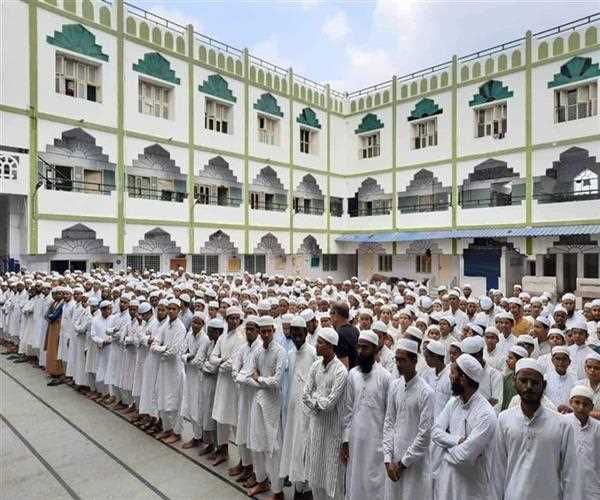
14-Jul-2022
Madrasa Schools and The Skills They Impart
Madrasas have a lengthy and illustrious past. Muslims who desired a religious education joined study groups in mosques where lecturers provided instruction after the establishment of Islam in the seventh century.
More educational institutions were established and funded throughout the following 400 years in both public and private libraries by kings, dignitaries, and affluent citizens. These were Madrasas' earliest iterations.
Madrasas were well-established independent educational institutions by the eleventh century, and many of their characteristics still exist today. They had enduring structures, salaried personnel, and resident academics who had housing and stipends. In addition to receiving free education, students also received accommodation and board.
Math, grammar, poetry, history, and, most importantly, the Qur'an and sacred law were typically taught in Madrasas. They taught math and literary studies at a higher level. While the need for the memory of texts was stressed, it was also believed that individual instruction, lectures, and student imitation of the teacher were essential to reducing errors in religious comprehension.
These schools immediately spread. While less than 5% of people in the West were literate during the Middle Ages, thousands of Madrasas propagated literacy throughout Russia, Mongolia, the Chinese plains, India, and the Malay archipelago.
Christian missionaries and colonial powers like the British established schools in the 19th and 20th centuries that followed a Western educational model and provided instruction in English, science, and technology.
Muslims who continued to favor Madrasas over other institutions of learning found that they lacked the skills required for well-paying employment as economies advanced. Their capacity for social mobility was limited. However, many Madrasas resisted including secular themes in their curricula. As a result, two distinct educational systems—one Westernized and the other focused on Islam—became the norm.
Madrasas are currently most prevalent in Pakistan, where 20,000 are registered and thousands more operate without registration, but they are also becoming increasingly widespread around the globe.
Between 1986 and 1996, they climbed from 1,855 to 4,314 in Egypt. In 2005, one in every four elementary school students in Mali attended a Madrasa. In India, where 14 out of every 100 individuals identify as Muslims, the government estimates that 4% of Muslim students enroll full-time in Madrasas.
More than twice the national average of 5% of Muslim pupils are enrolled in Madrasas in the majority-Muslim, poor Mewat district.
The majority of graduates from Mewat's Madrasas work in menial employment at shrines, mosques, or Madrasas, with a small number going into farming. A higher level of socioeconomic development is only attained by 3% of people.
The majority of Muslim families in Mewat want Madrasas to provide technical education and job-related training. The authors of the study discovered that, despite their ability to authorize changes, religious authorities are 'set against the modern education.'
Madrasas contribute to the poverty cycle. Mewat's free government schools could be an alternative, but perhaps as a result of the poor quality of their instruction, over three-quarters of Muslim households stated that they would pick fee-based, private, nonreligious schools if they had the money to do so.
Three-quarters of parents choose Madrasas to augment their children's education with enrollment in other institutions in Pakistan's four major provinces, where the majority of Muslim families are wealthier than those in Mewat.

Student
current post-graduate student at christ university and an aspiring content writer with experience in working on online content creation and research..
Join Our Newsletter
Subscribe to our newsletter to receive emails about new views posts, releases and updates.
Copyright 2010 - 2026 MindStick Software Pvt. Ltd. All Rights Reserved Privacy Policy | Terms & Conditions | Cookie Policy